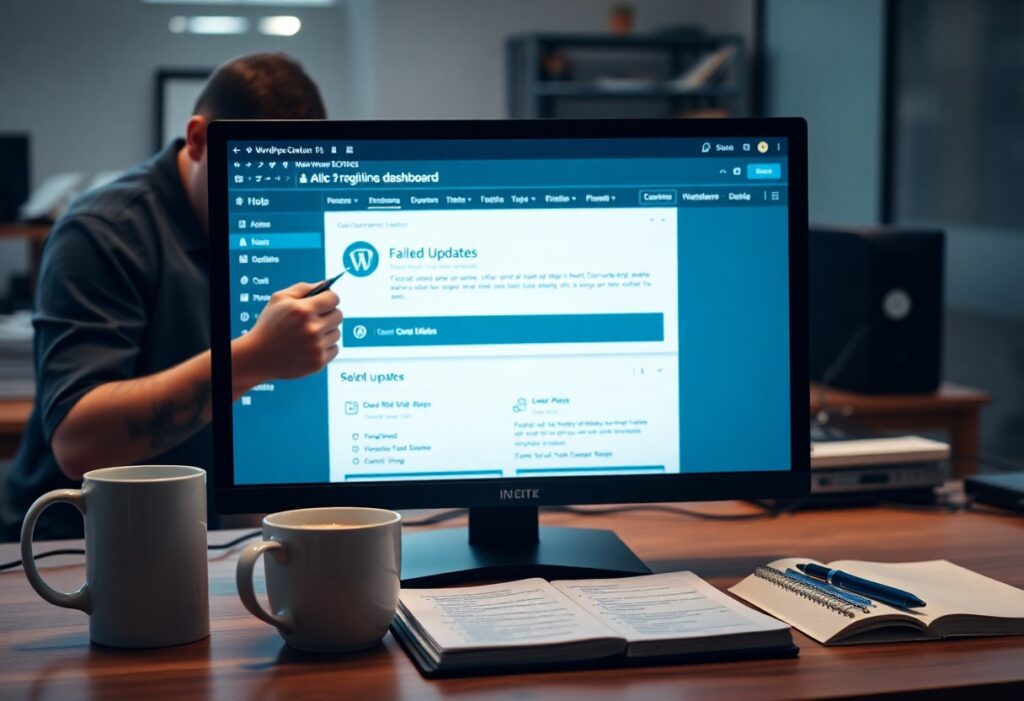Many website owners are unaware of the vulnerabilities that come with managing a WordPress (WP) site. To keep your user data secure, you need to take proactive steps to protect it from various threats. This guide will give you vital strategies to safeguard your WP critical user data effectively.
First and foremost, ensure that your WordPress installation, as well as any plugins and themes, are up to date. Software updates often include security patches that close vulnerabilities that hackers could exploit. You can easily check for updates in your WordPress dashboard under the ‘Updates’ section. Regularly updating your entire WP environment is a simple yet powerful way to enhance security.
Next, consider using strong passwords for both your user accounts and the database. A strong password should be at least 12 characters long and include a mix of uppercase letters, lowercase letters, numbers, and symbols. You can utilize password managers to generate and store complex passwords securely. It’s also advisable to change your passwords periodically to minimize risks.
Installing security plugins is another effective method to fortify your site against threats. Popular options like Wordfence and Sucuri can scan your website for vulnerabilities, provide firewall protection, and even block malicious IP addresses. Familiarize yourself with the features of these plugins and configure them according to your site’s needs to maximize protection.
Moreover, leveraging two-factor authentication (2FA) is an excellent way to add an extra layer of security to your user accounts. With 2FA enabled, you will need to provide a second form of verification in addition to your password, such as a code sent to your mobile device. Look for plugins that support 2FA to implement this feature easily.
Data encryption can also play a key role in securing your user data, especially during transmission. Make sure your site uses HTTPS by obtaining an SSL certificate. Many hosting providers offer free SSL certificates through Let’s Encrypt or similar services. Having an SSL certificate ensures that data transferred between users and your website is encrypted, making it significantly harder for malicious entities to intercept.
Regular backups of your website are vital. In the event of a data breach or other disaster, having a recent backup can save you from losing critical information. Use reliable backup plugins like UpdraftPlus or BackupBuddy to automate this process, ensuring that your backups are stored safely, either locally or in the cloud.
Lastly, educate your users about the importance of their own data security. Encourage them to follow best practices like using unique passwords and being cautious of phishing attempts. Create a dedicated page on your site outlining these recommendations to enhance user awareness and engagement.
By following these steps, you can significantly enhance the security of your WordPress site and protect your critical user data. With vigilance and proactive measures, you can create a safer online environment for both you and your users.




